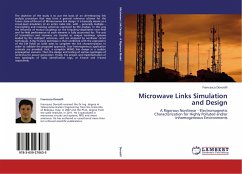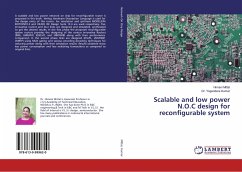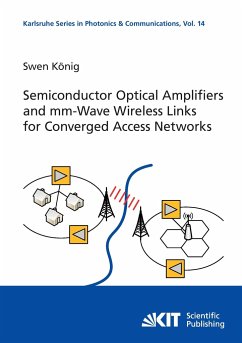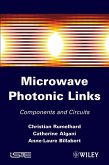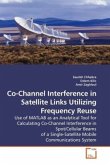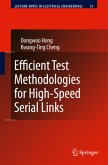The objective of the study is to put the basis of an all-embracing link analysis procedure that may form a general reference scheme for the future state-of-the-art of RF/microwave link design: it is basically meant as a circuit-level simulation of an entire radio link, with generally multiple transmitting and receiving antennas examined by EM analysis. In this way the influence of mutual couplings on the frequency-dependent near-field and far-field performance of each element is fully accounted for. The sets of transmitters and receivers are treated as unique nonlinear systems loaded by the multiport antennas, and are analyzed by nonlinear circuit techniques. A Ray Tracing technique is then combined with the expressions of the EM fields on both sides to complete the link characterization. In order to validate the proposed approach, four heterogeneous application contexts are provided. First, a complete MIMO link design in a realistic propagation scenario. Then the design and testing of various typologies of rectennas for power generation. Finally, the project and implementation of two typologies of radio identification tags, at X-band and V-band respectively.

